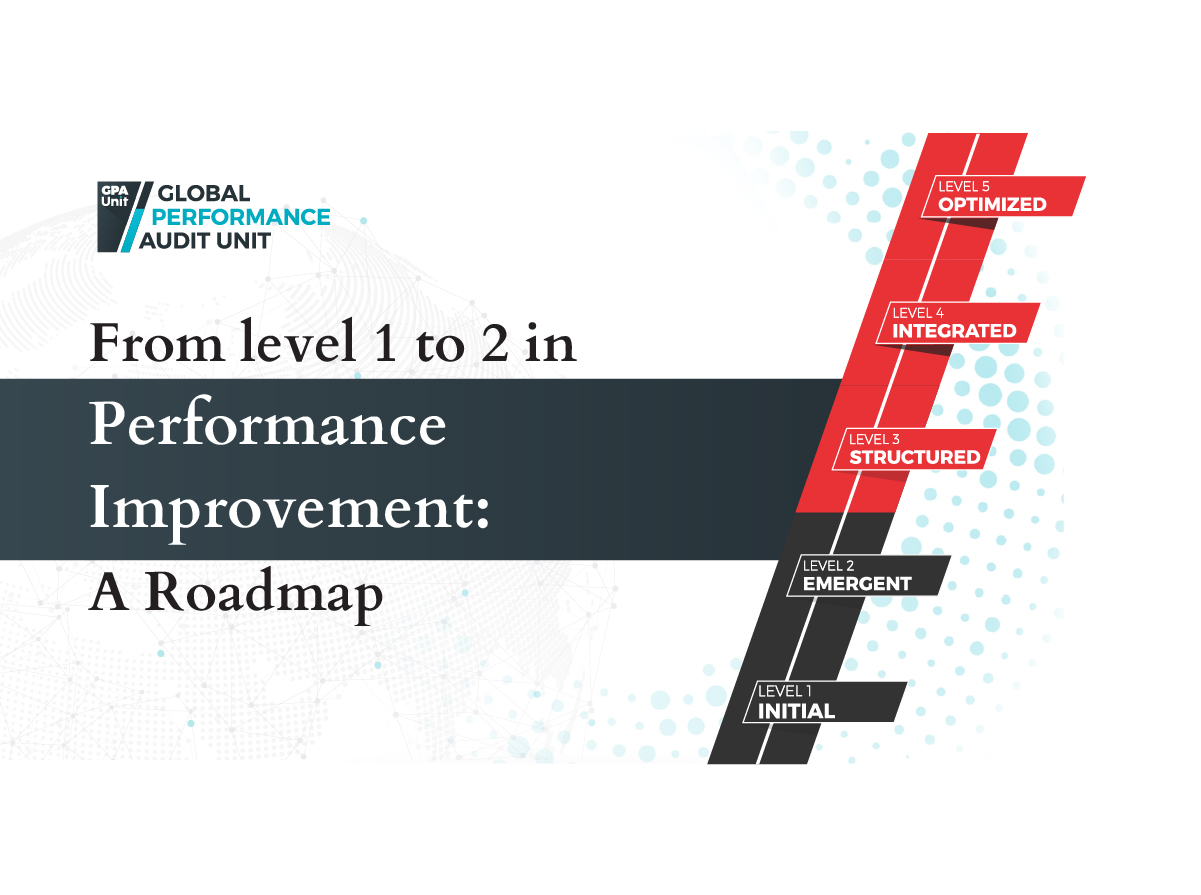How would you go about improving your company’s strategy review process?

As happens in most businesses, there are times when the management needs to make tough decisions, especially when the company’s future is at stake. This was, and still is the case with Netflix.
But a little bit of context first: Netflix has had its share of significant challenges starting with 2011 when it was just next door to total failure. Stocks went down by 80%; and lost around 800.000 consumers in only one year. The trigger then was a strategic miscalculation when they tried to split their 10$ plan into 2 smaller (yet more profitable) plans of 8$ each. Netflix consumers have negatively reacted to this change in payment plans that resulted in a significant increase in costs. Damage control followed and Hastings tried to justify the cause of the change, but it was too late.
One of main lessons here and in the near future:
“when an organization is faced with a critical change, it has to take into account its credibility in front of its stakeholders.”
When changing things that significantly affect consumers, management needs to have a proactive approach and anticipate all possible bumps in the road and associated risks. The management also needs to be very proactive in relation to the desired effect - in the case described above, that change's adoption. Netflix’s management thought that the services they offer require different strategies in terms of pricing. However, the decision to split the financial plans has been poorly communicated to the audience and rushed over a truly short timeline (only 1 month) before being activated. Consequently, the consumers have not understood the logic of this change and felt financially tricked into spending more on a product that has not been improved in any way.
An interesting and bold move, at the time, was Hasting’s decision to cancel the management’s pricing decision and find alternative solutions.
After the 2011 challenge, Netflix decided to produce their own shows. Lots of series were launched and it’s worth mentioning that many of them have quickly risen to the tops, pushing Netflix in the top 3 best streaming providers of original content. However, one single hit is not enough to stay on top and Netflix started thinking on how to deal with a new dilemma: balancing shifting or diverse preferences for a particular type of content with cost management.
All previous events have caused a sizable chunk of Netflix’s consumers to lose their faith in the company, so it was decided to switch to a less arbitrary system, in terms of preferences. Instead of trying to explain the logic of the system, Netflix decided to leave the options open to the consumers. This new system fell under the subscription model. Accessible to anyone, at any time, this strategy aimed to increase the long-term relationship with consumers.
As Netflix expanded its market, Hastings identified new possible challenges and started to approach them. However, an unsegmented global audience is a tough nut to crack in terms of consumer engagement. Netflix saw this as an opportunity for further customization and introduced several additional features such as basic forward, rewind, pause. It went even further in its process of better understanding their audience and started studying it via external channels, such as: social media reviews, geographical data and watching habits.
Although now Netflix is among the top-dogs of their niche, back in 2011 they needed to be reminded that, without understanding its audience/or consumers, a business has great chances to quickly close shop. But Netflix showed an ability to rapidly adapt to any challenge and that contributed to its later success.
When it comes to growth, numbers do not lie:
Netflix started with a user base of 24 million consumers (about the population of Texas) which is now almost 10 times higher.
Not long after the “audience challenge” yet another one came flying and it was brought by some legislative adjustments. This time it was the “Video Privacy Protection Law” which allowed third parties access to users’ personal information and preferences. At that moment, Netflix succeeded in creating, through open communication techniques, quite a community and was aware that trespassing privacy requirements would negatively affect their performance.
Netflix managed to practically nullify this new challenge by keeping consumers aware of the impeding intervention. An easy-to-use interface was created to enable Netflix to permanently remove any personal data from their servers, the moment the data collecting feature is removed from their offer.
Finding proper & functional solutions to all these challenges would not have been possible if Netflix did not have a functional performance management system and a high level of business maturity.
There’s no doubt that Reed Hasting’s leadership, coupled with his disruptive view on things, customer-centric approach, interest to always look for better, original content, strong organizational culture, and constant attention to what really matters, have brought Netflix to the top of their niche. As performance management professionals, we are enthusiastic to see performance management best practices being successfully applied and producing top-notch results.
It was not just knowing their audience that was the game-changer for Netflix. It was knowing their staff as well; employees were encouraged to exercise independent judgment and different perspectives. No micro-management, no senseless policies, just simple, straightforward thinking. Through this approach Netflix encouraged (and this is yet another example of how efficient a performance management system can be when correctly implemented) its employees to exchange information, honestly and informally. To top it off, Netflix removed the rigid-outdated practice of enforcing protocols on its employees, recognizing in exchange only the best of the best individuals. You can call it another form of meritocracy. Netflix is also striving to keep everyone within the company in the information loop – another example of best performance management practices: inclusion.
And the positive effects of this approach soon showed up: while top management focused on what is fair for their employees, the staff responded with high loyalty and retention rates, demonstrating commitment and motivation. Simply put: what was good for the company was good for its employees as well.
Having staff coming from diverse cultures, having diverse backgrounds and diverse beliefs, Netflix made encouraging and supporting teams to collaborate on projects a priority. Inconsistencies and errors were seen as natural steps toward a sustainable business in a highly competitive environment.
Netflix left behind traditional methodologies and molded its working philosophy around the concept of “flexibility in options”.
The COVID-19 Phase
We all know how COVID-19 events impacted our lives and the business environment. But here’s the twist: while most businesses were struggling to survive the pandemic, Netflix was thriving (due to easy to anticipate reasons). People isolated in their homes needed human interaction (and to feel like they are part of a community) even more than before. Obviously, this played right in Netflix’s back yard and the bottom line quickly showed exponential increase. According to Adobe’s 2020 report, that year has seen a huge increase in demand; with over 60% of the North American market subscribing to at least one of Netflix’s services. Statistics showed that Netflix gulped some of its competitors and reached record figures in income, with an impressive presence for a streaming service business,190 countries.
The COVID-19 Aftermath Phase
They say the higher you climb, the harder you fall and the post-Covid 19 era is definitely not an easy pill to swallow for Netflix. It entered a new phase that requires re-evaluating the company’s financial performance and adapting to the new market conditions.
Since consumers are no longer home-bound, Netflix’s shares experienced a dramatic drop - almost 50% in 2022. After reaching tremendous success, due to unexpected, favorable events, Netflix now faces a new challenge. To navigate these shifts, a robust strategy review process is crucial, allowing the company to reassess and adapt to the new landscape. This process is key for ensuring business continuity and positioning Netflix to maintain and grow its service coverage, market share, and audiences moving forward.
| DATE | October 30th, 2024 |
| Category | Blog Posts |
| Reading Time | 6 |




